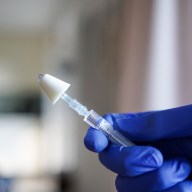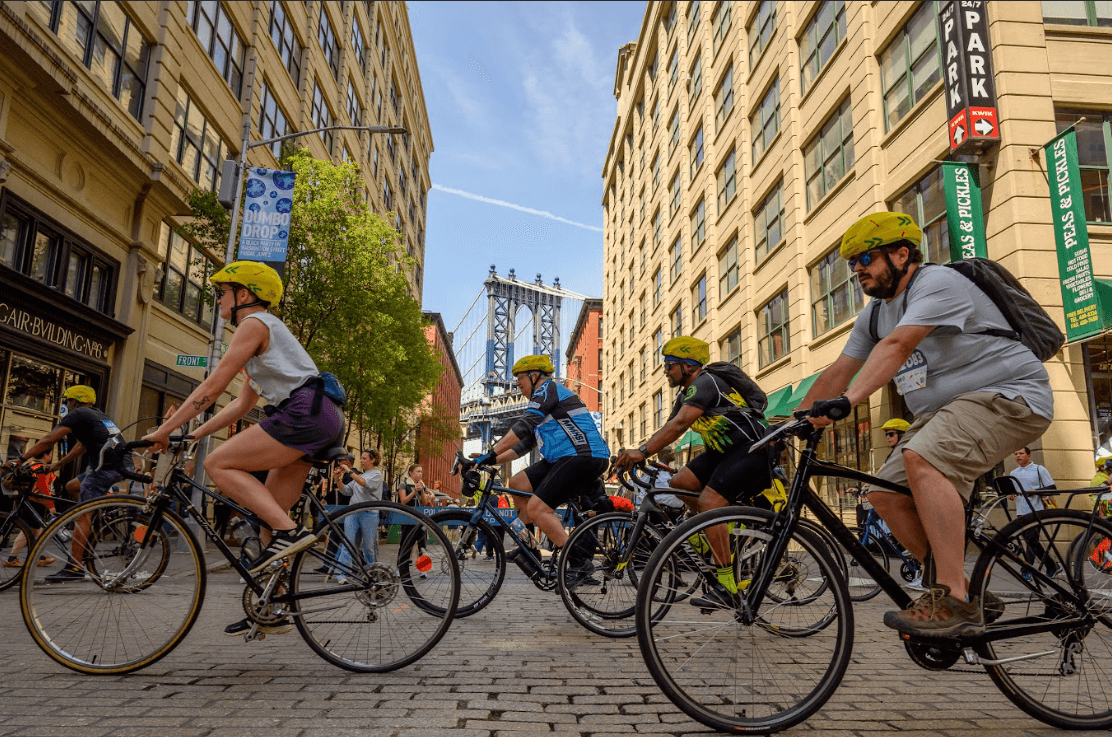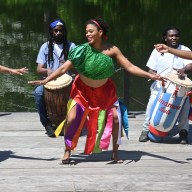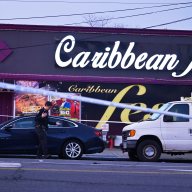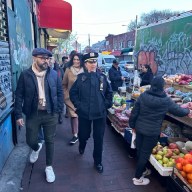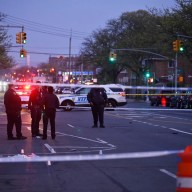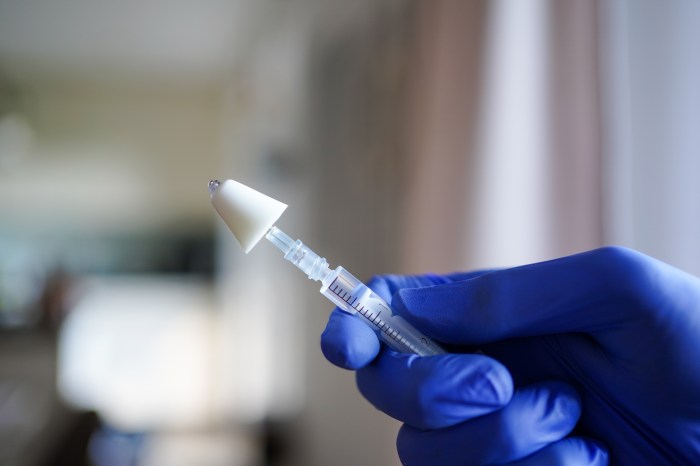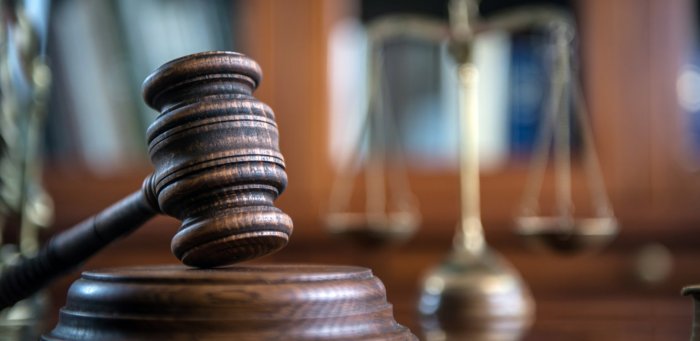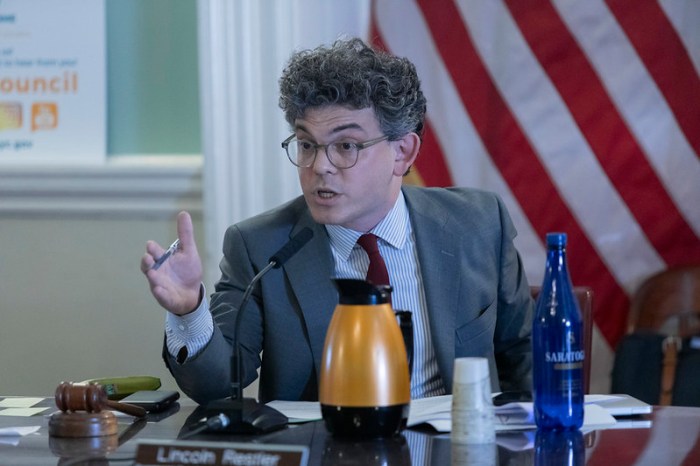Queens College anthropology professor James Moore, who with his student has conducted research and archaeological digs at the Bowne House in Flushing — the oldest house in Queens — has organized an exhibition of their findings. Entitled “Ne
The exhibition is in line with the educational mission of the Bowne House Historical Society, which is engaged in a fund-raising effort to help preserve and restore the Bowne House. The house has fallen into disrepair over the course of 350 years, and has been closed to the public since 2000. Bowne House was built circa 1661 by John Bowne, a Quaker, who settled in Flushing when New York was under Dutch rule. Bowne’s famous defense of religious freedom in 1662 helped establish principles which were later codified in the Bill of Rights.
Listed on the National Register of Historic Places and designated a New York City Landmark, the Bowne House is considered one of the best-preserved examples of Anglo-Dutch architecture in the nation.
The exhibition gives the public an unprecedented opportunity to view maps, historical documents, and research related to the Bowne House, and some of the thousands of artifacts the team unearthed. These include shards of early serving platters, teapots, porcelain cups, and a doll; children’s clay marbles; Native American arrowheads; Delft tile; an early-1800s silver religious medal thought to belong to an Irish servant; and a high-caliber, unfired bullet cartridge from the 1860s, which was turned over to the NYPD.
“While it is clear that we know little of Flushing in the 1790s,” Moore said, “what is far more disturbing is that we know even less of the period from the founding of Flushing in the late 1640s until the eve of the American Revolution. Several events provide mileposts for this history, but the daily life of the inhabitants is poorly grasped.”
It is precisely this kind of information about daily living of the house’s inhabitants that emerges from the archaeological excavations carried out by Moore and his students. To date, the group has uncovered an intact, stone-lined, capped well that had been forgotten, a structure thought to date back before the 1830s. Water was visible at the well’s bottom. A cobble-paved area was discovered east of the yard, which Moore said could have been an early greenhouse or barnyard paving. His team also found a paved area at the west end (circa 1690s), on the Bowne Street side.
“There was a hoist on the second floor — probably an area for wagons to pull up,” said Moore. “This probably was a kind of loading dock for Bowne, who was a merchant.”
The Queens College students also made a remarkable discovery when they excavated in the kitchen. “We discovered that this section was an addition and clearly structurally independent from the house,” said Moore. “It was not the oldest section of the house, as had been believed. We are now doing research to learn more.”
Excavation will resume in fall 2004 on the south side of the house, said Moore, who expects the work to continue for several more years.
“Once the south-side work is done, then stabilization and reconstruction of the house can proceed,” he explained. “No construction work has taken place since the 1930s — and that work did more harm than good. We need to stabilize, and then reconstruct. This is a multi-phase, multi-year project.”
The Bowne House Historical Society, which has operated the house as a museum since 1947, is seeking an affiliation with the Historic House Trust of New York, and is in the process of transferring ownership of the house to the City of New York. By partnering with the HHT, Bowne House will be able to access the trust’s conservation, maintenance, and support services, as well as gain access to $700,000 in city and state funds earmarked for Bowne House, pending affiliation with the HHT.
Under an agreement with the HHT, the Historical Society must first raise $700,000 in the form of written pledges to demonstrate its commitment to the restoration. After the transfer is complete, the Bowne House Historical Society will continue to own its collections and be responsible for administering the educational programs of the Society. Moore’s involvement in the restoration and stabilization project will ensure that the historical and archaeological integrity of the house and property are not compromised during the process.
“The Bowne House offers a unique opportunity to examine issues related to social change in New York over the last 350 years,” said Moore, an expert in examining the patterns of human settlement in Queens from the 17th through 19th centuries.
Moore will assist in developing the interpretive program for the Bowne House once it reopens as a museum. This would entail putting into context the archaeological finds and historical information discovered in order to communicate information about the early Flushing settlement. For example, Moore said, “The presence of enslaved African-Americans was much more pervasive than we thought.” He observed that the first slave was brought to Jamaica, Queens, in 1657. By 1790, one third of all Flushing households had slaves. African-Americans represented about a third of the Flushing population, in line with their representation in other parts of the city.
Although built about 1661, the Bowne House was expanded in 1669, 1680 and 1695, and was occupied by members of the Bowne family and their descendents up until the 1940s. More than nine generations of the family were born and raised in the house.
In addition to John Bowne, the family included prominent businessmen, such as Robert Bowne (1744-1818), the founder of Bowne & Co., the oldest public company in the United States, who was also a founding director of the Bank of New York, New York Hospital, and the American Chamber of Commerce; Robert Bowne Minturn, who was a partner of Grinnell and Minturn, owner of the famous clipper ship “Flying Cloud”; Walter Bowne, who served as mayor of New York City (1829-1833); and both Abraham Lincoln and Gerald Ford had Bowne forebears.
Through intermarriage, the Bownes are linked with the Parsons family, famous in horticulture for the Parsons Nursery in Flushing, founded in 1838, which introduced many European specimens in America. In addition, many members of the Bowne family were ardent abolitionists, and Robert Bowne was a founder of the Manumission Society in New York State.








